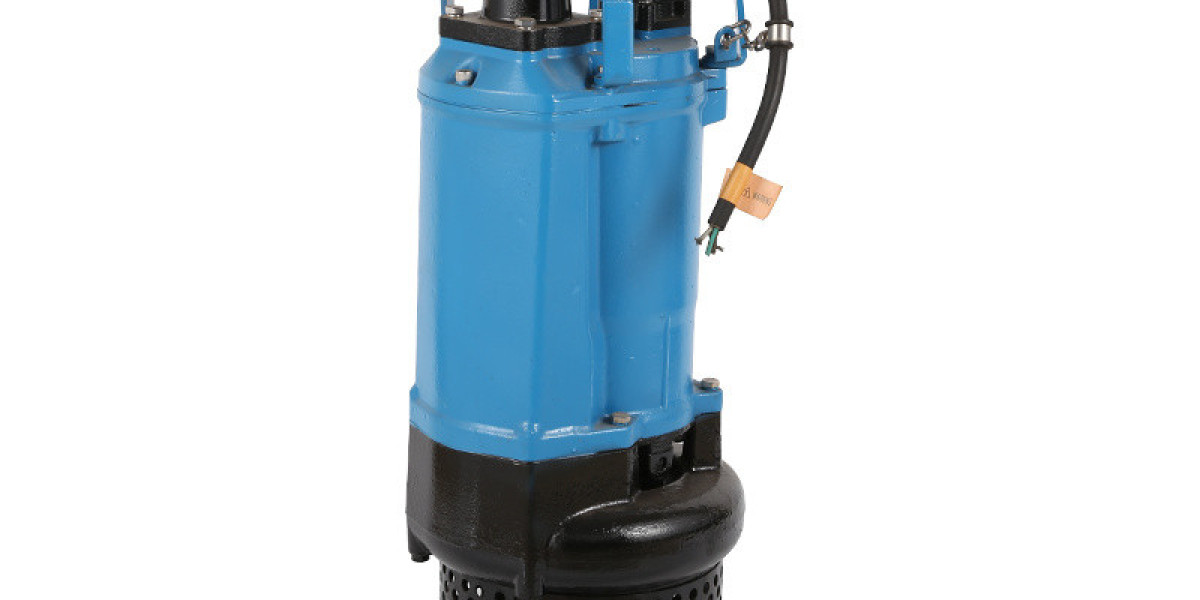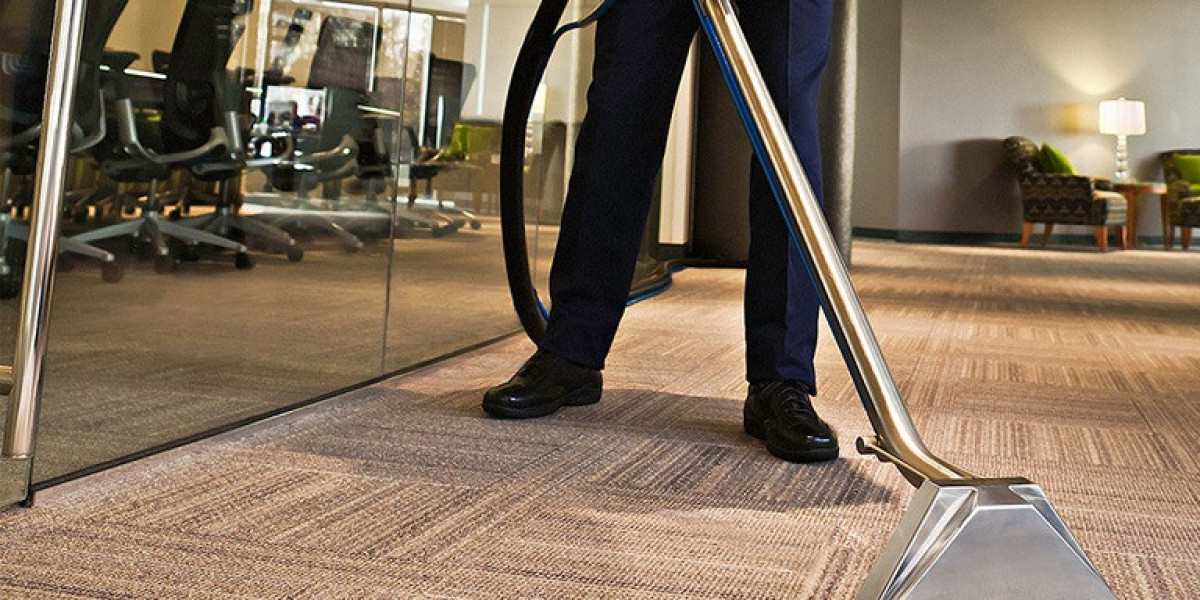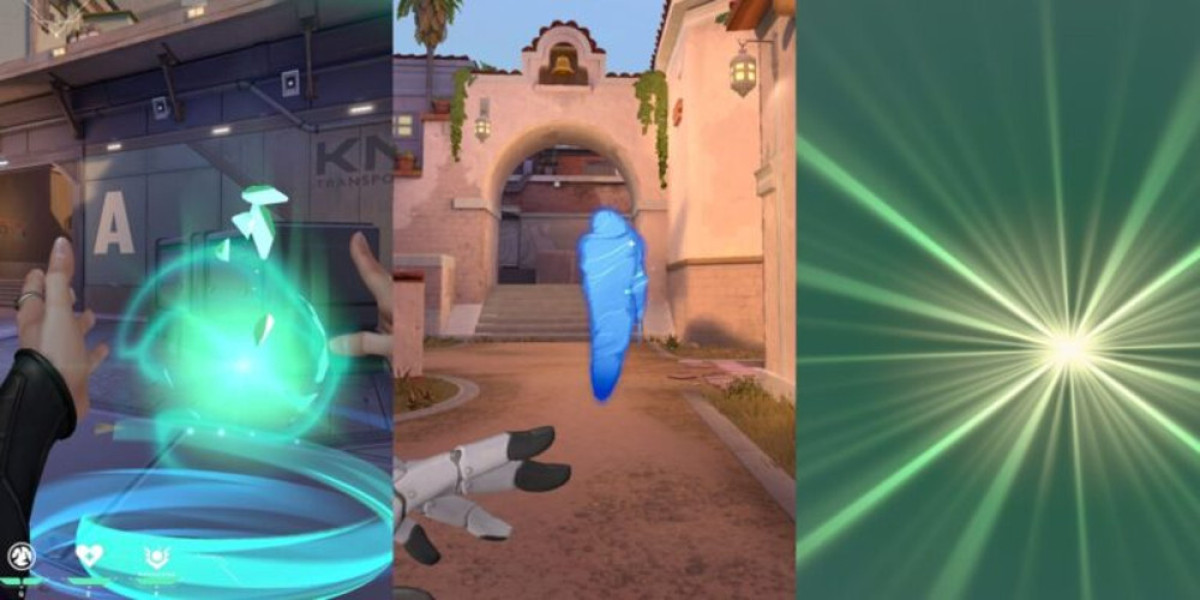A submersible dewatering pump is a specialized piece of equipment designed to remove unwanted water from construction sites, basements, and other submerged areas by operating while fully immersed in the fluid being handled. The fundamental purpose of this equipment is to transfer water from one location to another, typically from a low-lying area to a discharge point at a higher elevation or drainage system. The design of a submersible dewatering pump allows it to be placed directly into the water source, eliminating the need for priming that afflicts many surface pumps. This operational characteristic makes the submersible dewatering pump particularly valuable in applications where water accumulation poses a threat to projects or property integrity.
The sealed electric motor represents the heart of any submersible dewatering pump, specifically engineered to operate safely while completely submerged in water. This motor is encapsulated within a waterproof housing, typically constructed from corrosion-resistant materials such as stainless steel or cast iron with protective coatings. The motor drives an impeller that creates centrifugal force, drawing water through the pump intake and discharging it under pressure through an outlet pipe. The design of this impeller varies depending on the specific application requirements of the submersible dewatering pump, with some models engineered to handle varying levels of suspended solids without clogging. Electrical power reaches the motor through a heavily insulated, waterproof cable designed to withstand prolonged immersion and resist damage from abrasion or crushing in demanding work environments.
Operational controls and safety features enhance the functionality of a modern submersible dewatering pump. Many models incorporate float switches that automatically activate the pump when water reaches a predetermined level and shut it off when the level drops sufficiently. Thermal overload protection safeguards the motor from damage caused by excessive operation or blockage. The pump casing is engineered to provide both structural integrity and efficient hydraulic performance, guiding water smoothly through the pumping mechanism. The entire assembly of a submersible dewatering pump is engineered for reliability under challenging conditions, providing consistent performance in applications ranging from clear water removal to handling muddy construction site runoff. These design elements work together to make the submersible dewatering pump an indispensable tool for water management across numerous industries.








